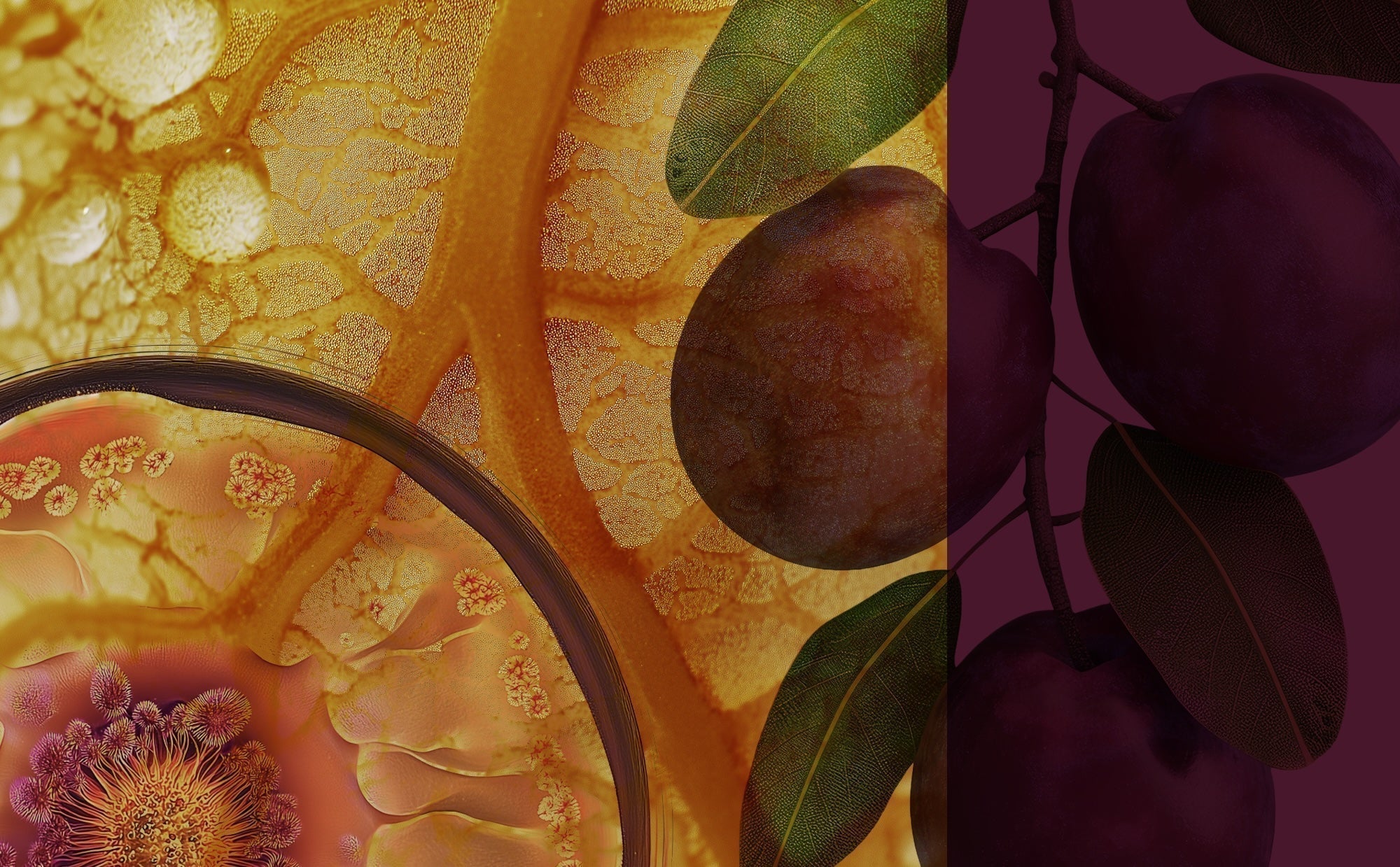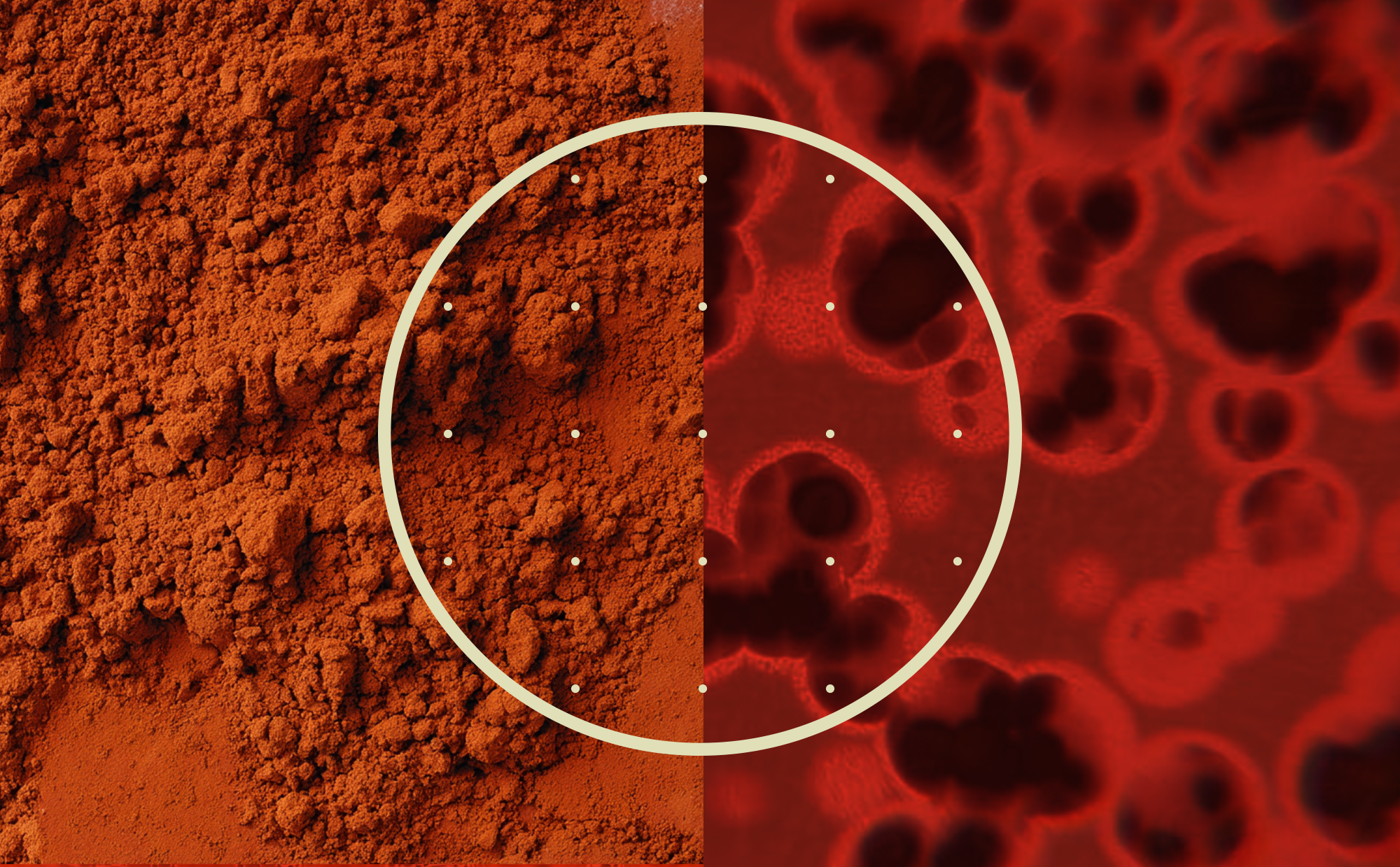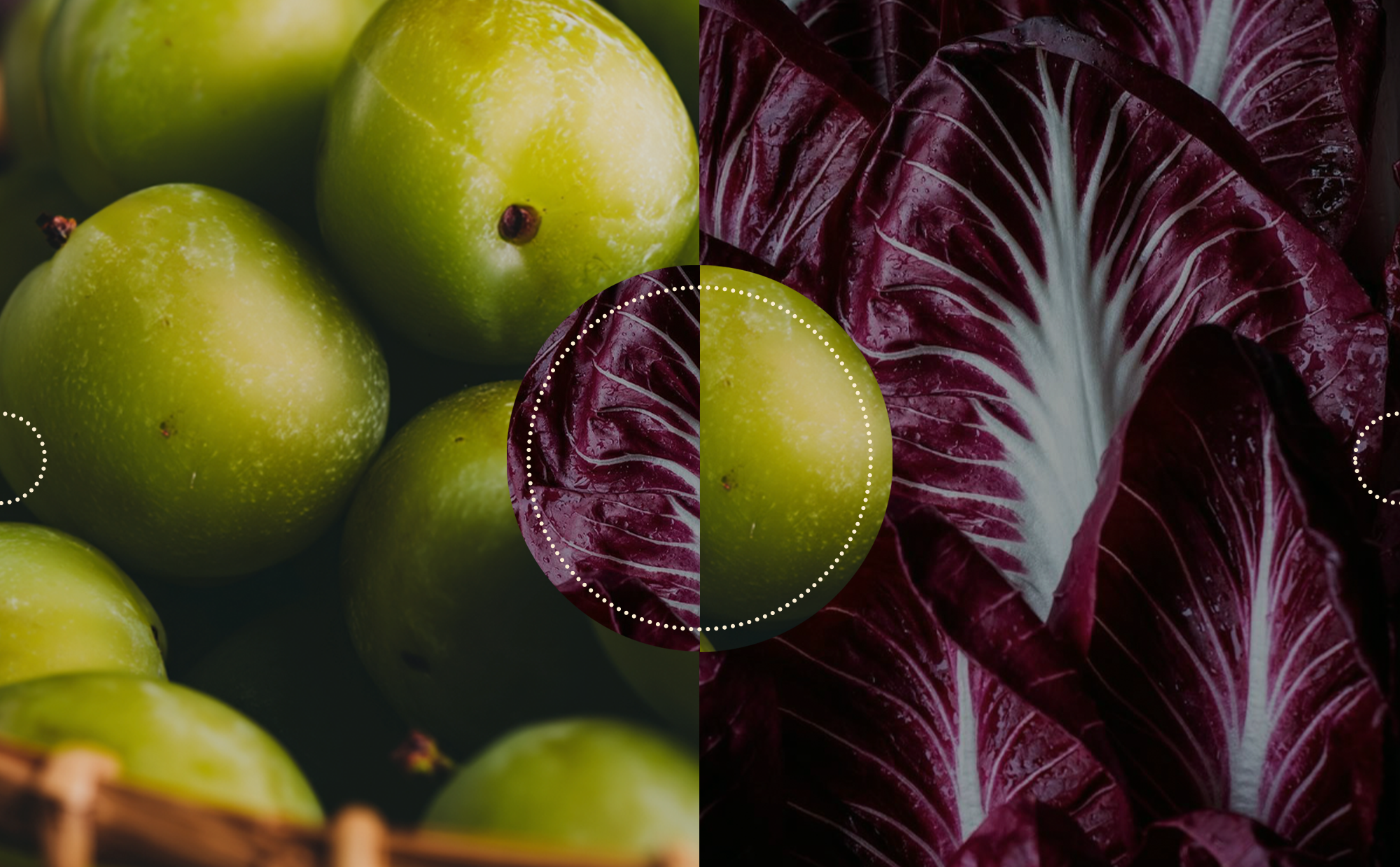The Nutritional Science of Kakadu Plum: Vitamin C and Beyond
Terminalia ferdinandiana, commonly known as Kakadu plum, gubinge, green plum, salty plum, or billy goat plum is endemic to Australia and grows throughout the Northern Territory and Kimberley region of Western Australia.
Kakadu Plum isn’t just another trendy superfood—it’s a powerhouse of nutrients and bioactive compounds with a rich cultural history. In Australian Aboriginal communities, the fruit was more a medicinal ingredient than a food and was used as an antiseptic, treatment for sores and boils, as well as added into soothing balms for aching limbs and backs.¹ Indigenous Australians have known for millennia what science is only now catching up to: this small, unassuming fruit is one of the most nutritionally potent foods on the planet, with a compelling body of evidence supporting its extraordinary health benefits.
Vitamin C: A heavyweight in immunity and skin health
Kakadu Plum holds the title for the highest natural source of vitamin C, containing up to 100 times more than an orange.²⁻⁴ The Australian Government National Health and Medical Research Council recommends a daily intake of 45 mg of Vitamin C for a 31–50-year-old adult.⁵ A single gram of dried Kakadu Plum powder can provide an adult’s entire recommended daily intake (RDI) of Vitamin C.
Why does this matter? Vitamin C is a major player in immune function, supporting the production of white blood cells that fight infections.⁶⁻¹¹ It’s also a key factor in collagen synthesis, keeping skin firm, resilient, and hydrated.¹² ¹³ Additionally, Vitamin C is a potent antioxidant, neutralizing harmful free radicals that contribute to aging and chronic disease.¹⁴
Beyond Vitamin C: A gut-friendly, anti-inflammatory powerhouse
What sets Kakadu plum apart is not just its vitamin C content but its complex polyphenol profile.
Imagine your body as a bustling city with buildings (cells), roads (blood vessels), a waste management system (detoxification organs), and a defence force (immune system). Just like a city, your body needs constant maintenance and protection from wear and tear, pollution, and external threats. Now, let’s introduce polyphenols, which are like a specialized workforce that comes in to protect and maintain the city.
Polyphenols are a large family of plant compounds that protect, repair, and strengthen your body. They act as a specialist workforce, each with a different role in keeping the city running smoothly. Think of them as:
-
Engineers (repairing cells)
-
Security guards (defending against damage)
-
Street cleaners (removing harmful substances)
Polyphenols include several subcategories, such as flavonoids, tannins, and ellagic acid—all of which have unique jobs.
Kakadu Plum has very high concentrations of polyphenols.¹⁵ For example, it is rich in ellagic acid and gallic acid, which exhibit potent antioxidant, antimicrobial, and anti-inflammatory properties.¹⁵ ¹⁶ Ellagic acid is a polyphenol that has been extensively studied for its ability to modulate oxidative stress, reduce inflammation, prevent cancer, and support metabolic health.¹⁷⁻²⁴ Ellagic acid has also shown evidence of improving symptoms such as Alzheimer’s disease, diabetes, and cardiovascular diseases.²⁵ ²⁶
One of the highest known concentrations of ellagic acid worldwide is in the humble raspberry, which contains up to 330 mg/100 g of ellagic acid.²⁷ The free ellagic acid content of Kakadu plum powder is between 600 and 800 mg/100 g of dry weight.⁴ ¹⁶ That’s almost double that of the raspberry!
One of the more exciting avenues of ongoing research is the impact of polyphenols on the gut microbiome. Emerging evidence suggests that dietary polyphenols can increase beneficial microbial and decreasing harmful microbial species in the gut.²⁸ They do this by selectively inhibiting the growth of pathogenic bacteria and promote the growth of good bacteria like Bifidobacterium and Lactobacillus⁴ ²⁹ ³⁰, which are two major health beneficial probiotics and bring benefits to human health, such as improving gastrointestinal disorders, suppressing diarrhea and constipation³¹, alleviating lactose intolerance³², relieving irritable bowel symptoms³³, and preventing inflammatory bowel disease.³⁴
The connection between gut health and cognitive function—known as the gut-brain axis—is one of the most fascinating frontiers in nutrition research. Dysbiosis (imbalanced gut bacteria) has been linked to neurodegenerative conditions, mood disorders, and systemic inflammation.³⁵
Kakadu plum’s unique blend of polyphenols may contribute to a more diverse and resilient gut microbiome, which in turn plays a crucial role in mood regulation, immune response, and systemic inflammation.
The Antimicrobial Potential: A Natural Ally Against Pathogens
Beyond its role as an antioxidant powerhouse, Kakadu plum also demonstrates potent antimicrobial properties, particularly against foodborne pathogens like Escherichia coli (E. Coli) and Staphylococcus aureus.³⁶ ³⁷ This is of particular interest in the era of antibiotic resistance, as natural compounds that can inhibit bacterial growth without contributing to resistance are in high demand.
Indigenous Australians have long used Kakadu plum as a natural remedy for infected wounds, colds, and digestive ailments, and modern research is beginning to validate these traditional applications. The tannins and phenolic acids found in the fruit may help fight bacteria by breaking down their protective barriers and interfering with the way they communicate and spread.³⁸
First Nations Knowledge Meets Modern Science
It is impossible to discuss Kakadu plum without acknowledging the depth of knowledge held by Indigenous Australians, who have been stewards of the land and its botanical medicines for over 60,000 years. The fruit’s modern rise to prominence as the functional food must be rooted in ethical sourcing, Indigenous leadership, and equitable partnerships. First Nations growers and wild harvesters hold invaluable expertise—not just in cultivation, but in the sustainable harvesting techniques that protect both the land and the integrity of the fruit’s bioactive compounds.
Land Lab is committed to working alongside Indigenous communities, ensuring that the commercial success of Kakadu plum directly benefits its traditional custodians. This is more than just an ethical imperative—it’s a recognition that Indigenous ecological knowledge is indispensable in preserving biodiversity and advancing functional food science.
The Future of Kakadu Plum in Health and Nutrition
As scientific interest in Kakadu plum continues to grow, so too does its potential as a functional food ingredient. With research confirming its benefits for immune support, gut health, cognitive function, and antimicrobial activity, this uniquely Australian fruit is poised to play a central role in the future of evidence-based nutrition.
However, as with any emerging health trend, quality and sourcing matter. Not all Kakadu plum products are created equal—nutrient retention depends on harvest timing, processing methods, and storage conditions. Freeze-dried powders and extracts, for instance, retain significantly higher levels of vitamin C and polyphenols compared to heat-dried alternatives.³⁹
The nutritional science of Kakadu plum is still unfolding, but the evidence so far is compelling. It represents the best of what functional nutrition should be: a food rooted in deep cultural knowledge, validated by modern research, and offering tangible benefits across multiple physiological systems. As the world moves towards a more holistic and precision-based approach to health, Kakadu plum is well-positioned to be more than just a trendy superfood—it’s a powerhouse of bioactive compounds that bridge the gap between traditional wisdom and modern nutritional science.

Written By
The Land Lab Science Advisory Council

Review By
Hannah LaBrooy
MD, MPH
Dr. Hannah LaBrooy is a medical doctor and public health researcher with a multidisciplinary background spanning clinical medicine, public health, and international aid and development. She holds a Master of Public Health and previously worked as a Research Project Coordinator at the Kirby Institute (UNSW), contributing to publications in leading journals including The Lancet.
Her commitment to public health and equitable innovation was shaped by early experiences working in regional and remote drug and alcohol settings and a formative internship at The Grameen Bank in Bangladesh. Her professional and academic experience has focused on addressing health inequities, particularly in the area of access to care among marginalised populations.









